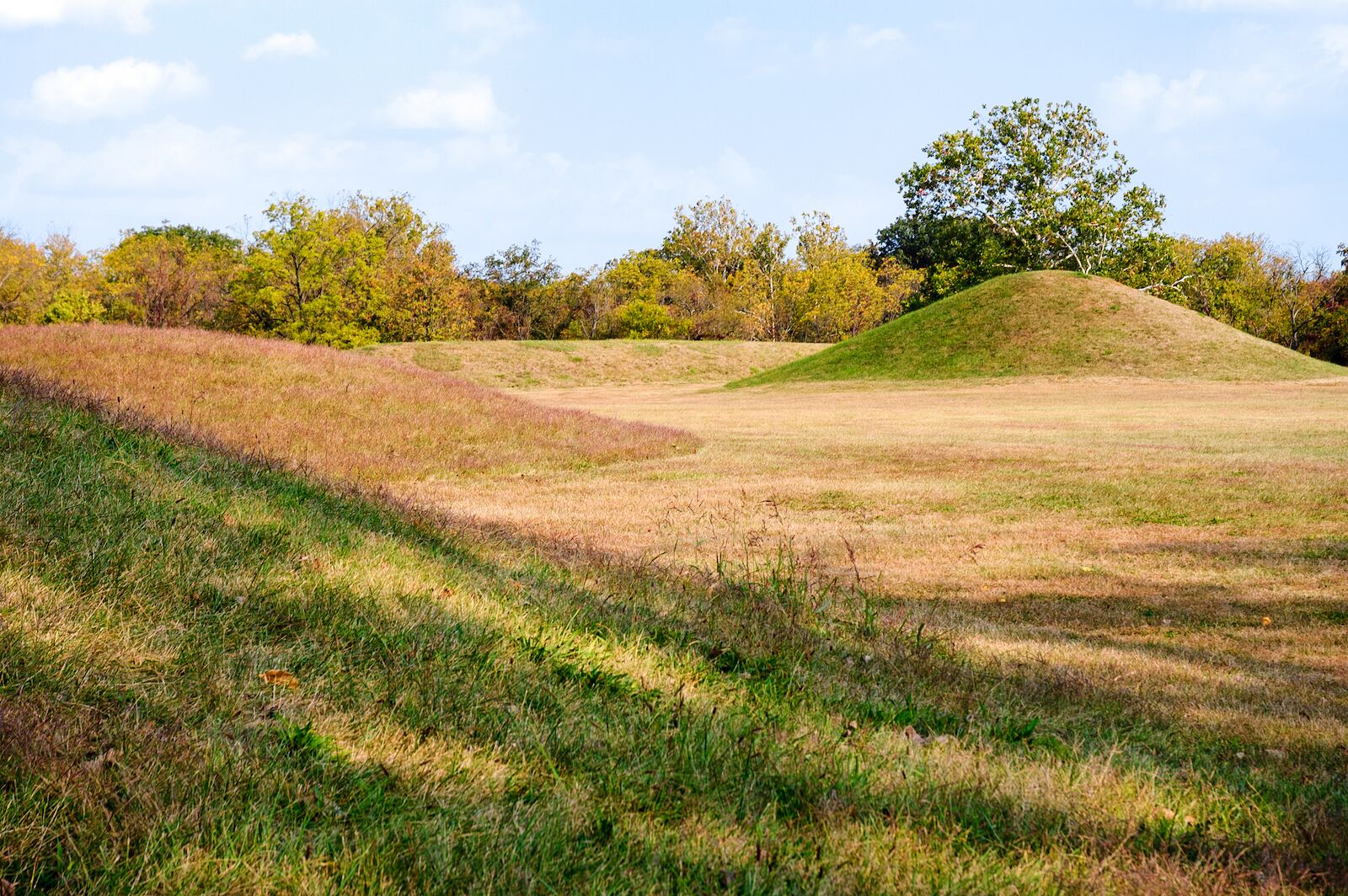UNESCO’s World Heritage Committee inscribed dozens of new properties to the World Heritage List during its 45th session in Riyadh, Saudi Arabia, this month. Of the 42 newly inscribed World Heritage sites, only one is located in the United States: the Hopewell Ceremonial Earthworks.
Located in southern Ohio, the Hopewell Ceremonial Earthworks are the state’s first World Heritage site — although, strictly speaking, it’s not a single site. The UNESCO property consists of eight ancient Indigenous earthworks built between 1,600 and 2,000 years ago. Five of the earthworks are concentrated within Hopewell Culture National Historical Park in Chillicothe, approximately 45 miles south of Columbus; two are located roughly the same distance east of Columbus in the Ohioan city of Newark; and one is located south of Dayton in Oregonia.







